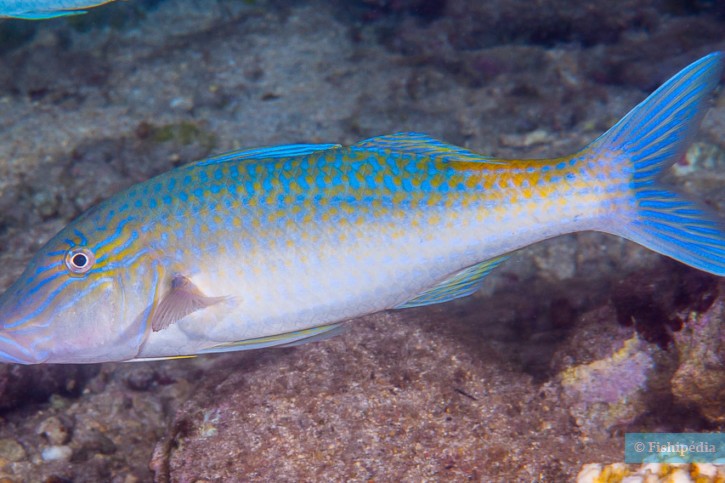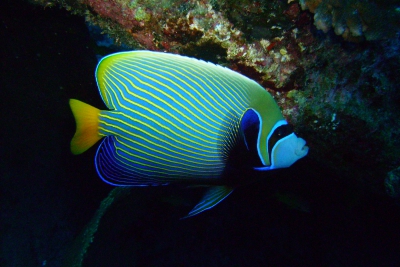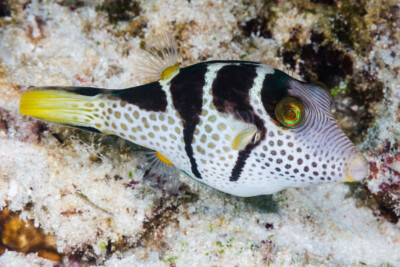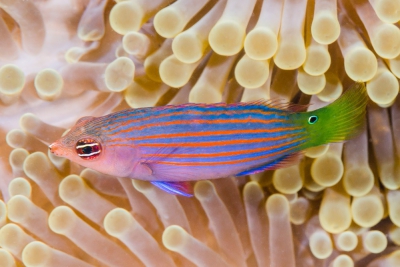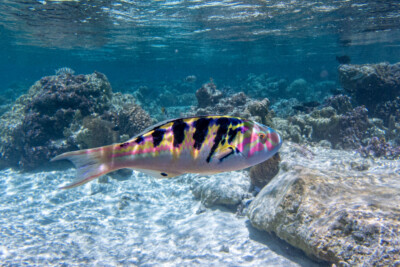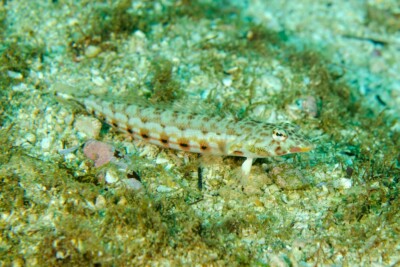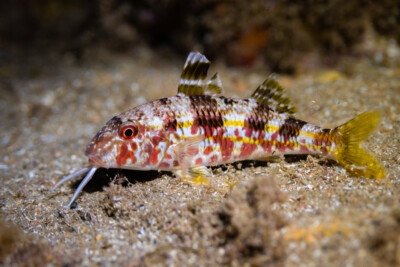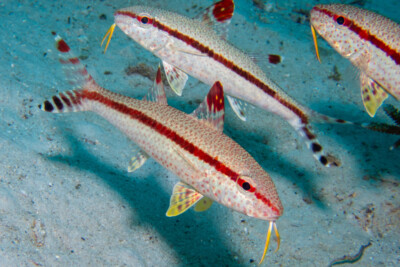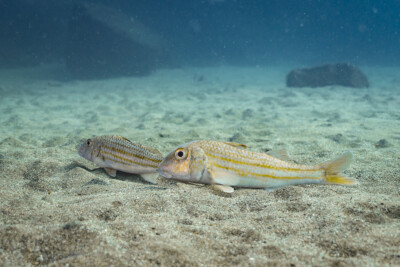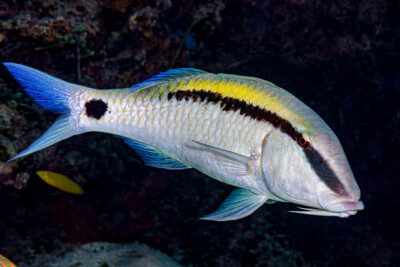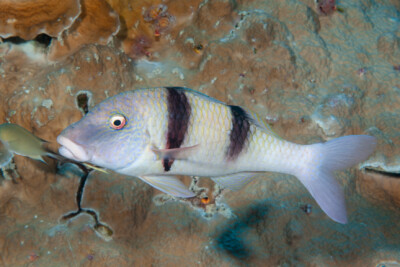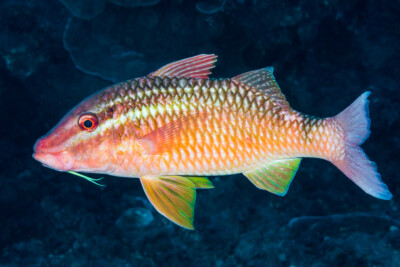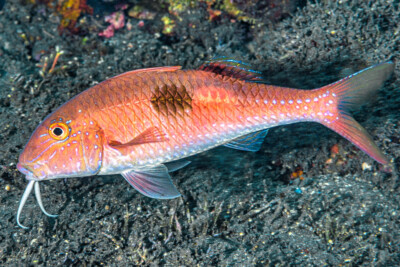gold-saddle goatfish
| Scientific name | Parupeneus cyclostomus |
|---|---|
| Descriptor | Lacepède |
| Year of description | 1801 |
| IUCN category (World) | LC |
| Family | Mullidae |
| Genus | Parupeneus |
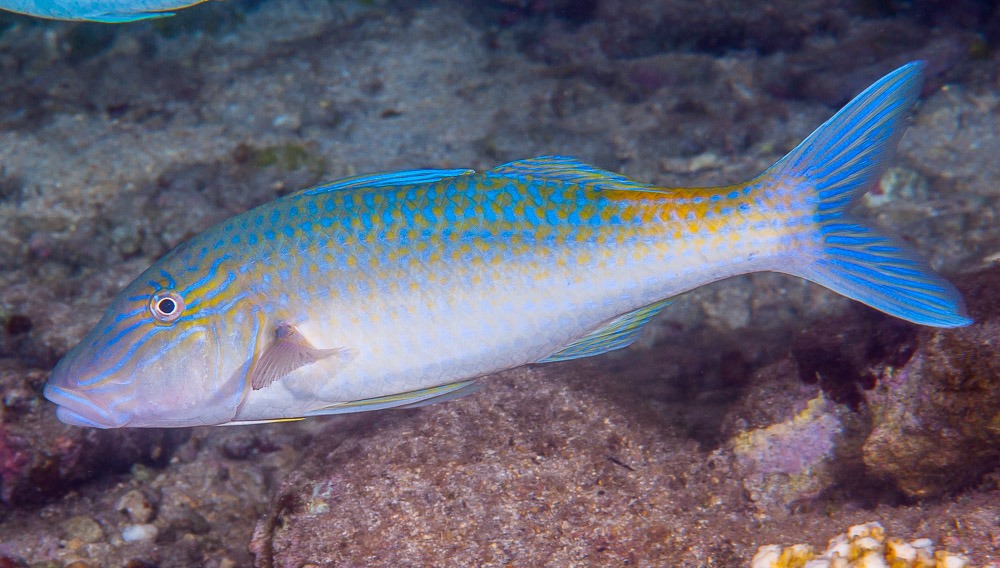

Introduction
Parupeneus cyclostomus, commonly known as gold-saddle goatfish, is a salt water fish.
This sheet is currently being prepared. The texts currently proposed come from our data model or are being drafted. To request priority for this content, you can write to us HERE.
Who is it?
Morphology
-
Average size35 cm
-
Maximum size50 cm
-
Average size35 cm
-
Maximum size50 cm
How to recognize This fish ?
The gold-saddle goatfish measures between 35 and 50 cm. This fish is unicolore with a predominantly jaune, bleu and gris body.
Behaviour & Life cycle
-
dietcarnivorous
-
Sociabilityliving in a group or alone
-
territorialNo
-
Way of livingdiurnal
The gold-saddle goatfish is a fish living in a group or alone. This species is carnivorous .
n general, this species does not care much about other animals crossing its path.
Reproduction
Harmless species
This species does not represent any particular threats to humans when encountered in its natural environment.
Origin and distribution
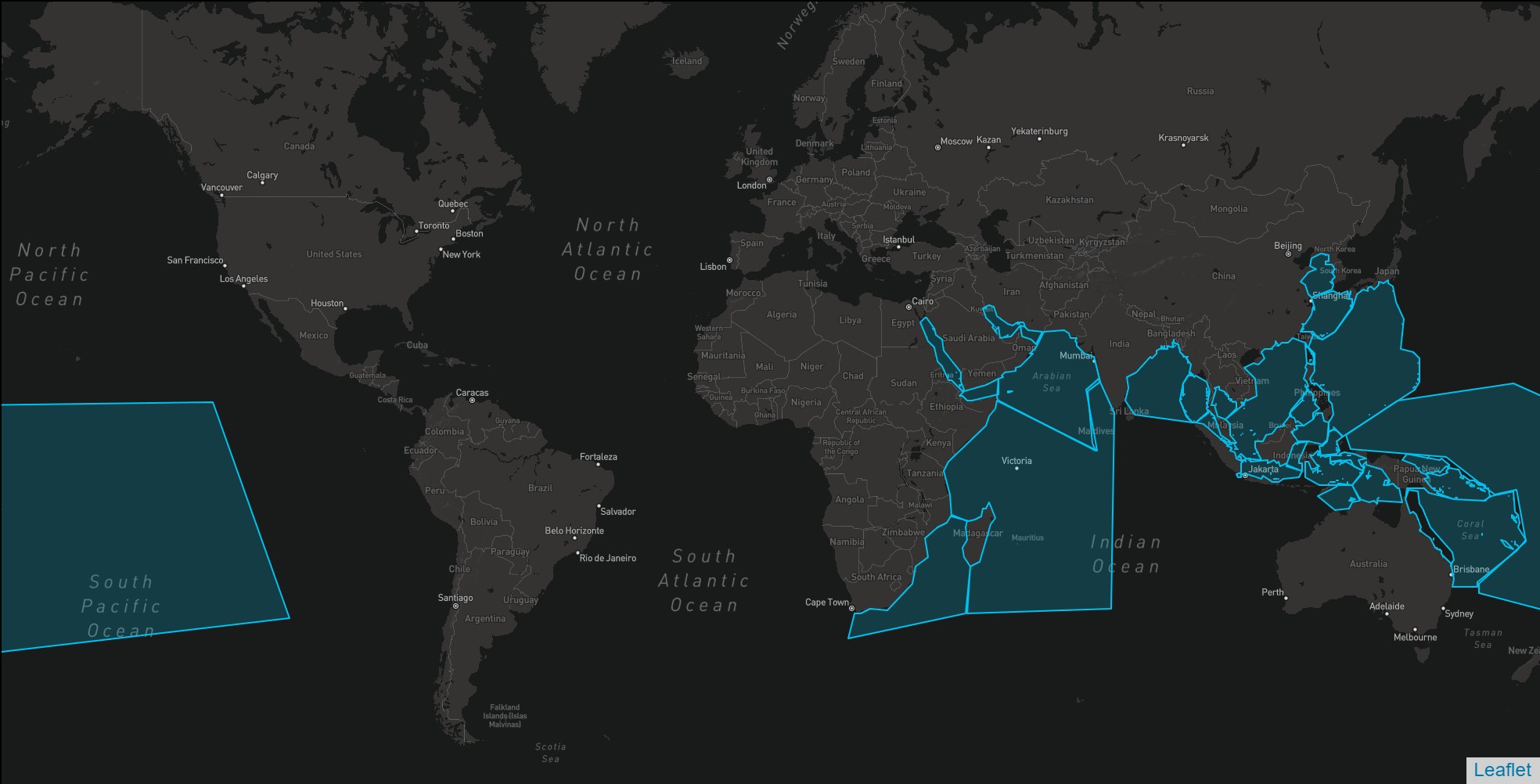
What is its habitat?
Natural environment characteristics
-
Depth2 - 125 m
Biotope presentation
The gold-saddle goatfish is most often found at a depth between 2m and 125m. However, it is not impossible to find this species at other depths.
Species of the same biotope
To go further
Sources & Contributions
Participation & Validation
The Fishipedia team and specialist contributors are committed to providing high-quality content. However, although the information comes from scientific sources or testimonials from specialists, the cards may contain inaccuracies.

Adrien Falzon

Benoit Chartrer

Aurélien Calas
Translation
Translation done with the valuable contribution of our translators, who make this information available to a wider audience. We sincerely thank them for their commitment.
Scientific partners
Tags
#Mullidae
#Parupeneus
#barrière de corail
#berge peu profonde
#épave
#fonds sablonneux
#herbier
#Bay of Bengal
#Persian Gulf
#Great Barrier Reef
#mer d'Oman
#Philippine Sea
#Red Sea
#South East Asian Seas
#Indonesian seas
#western Indian Ocean
#Western Tropical Pacific Ocean
#Oceania
#French Polynesia
Species of the same family
Same genus
Species of the same biotope
